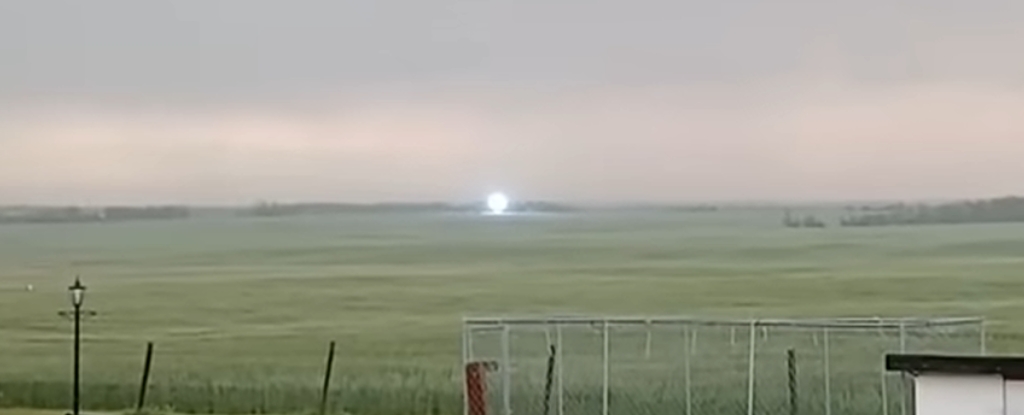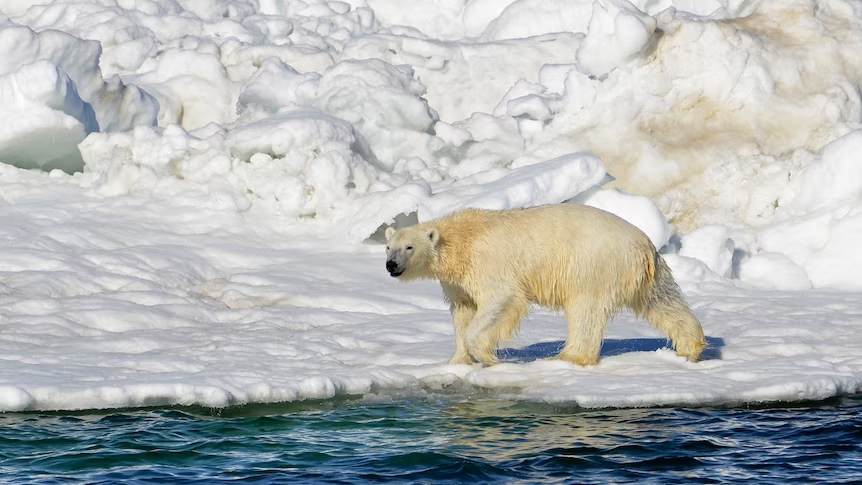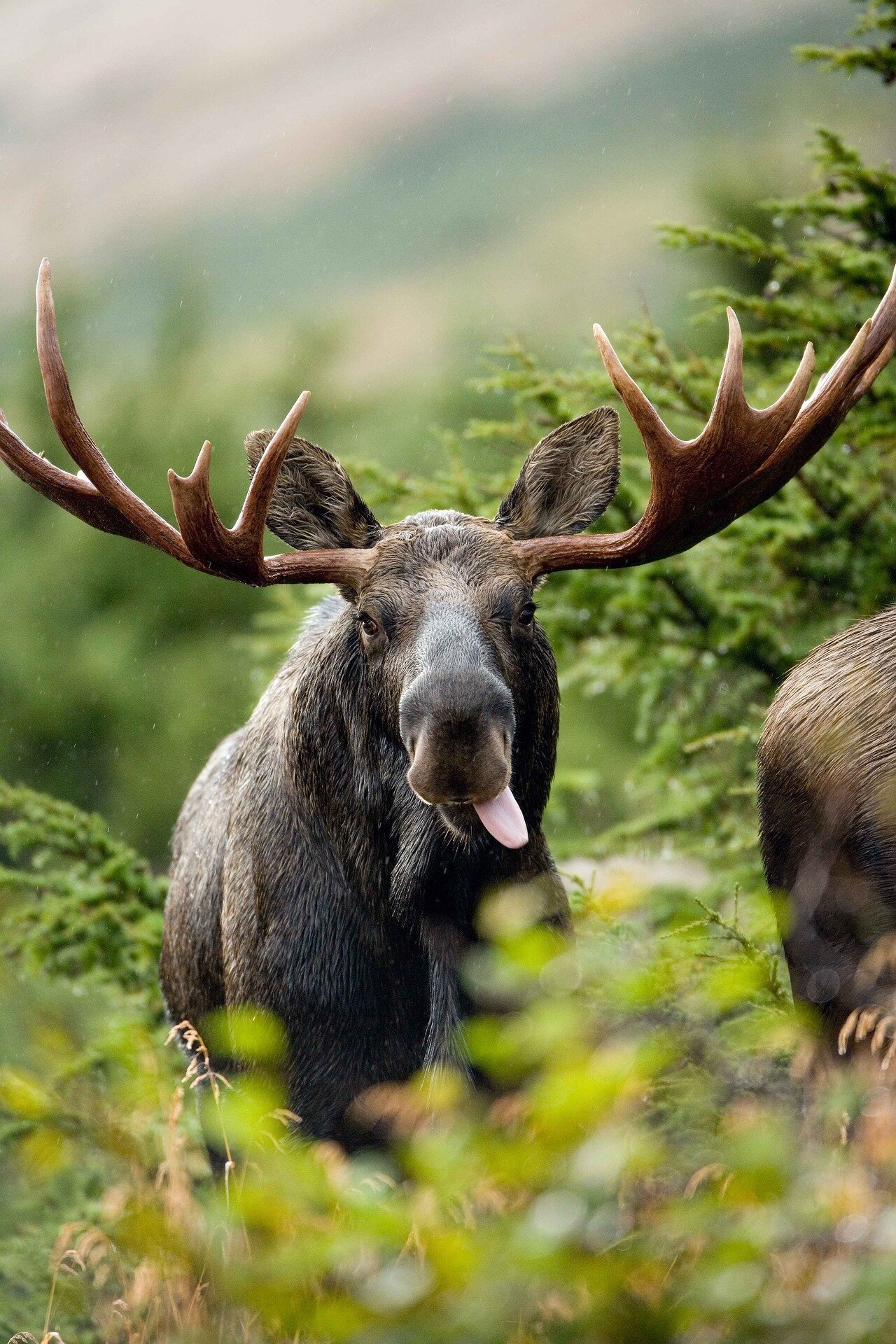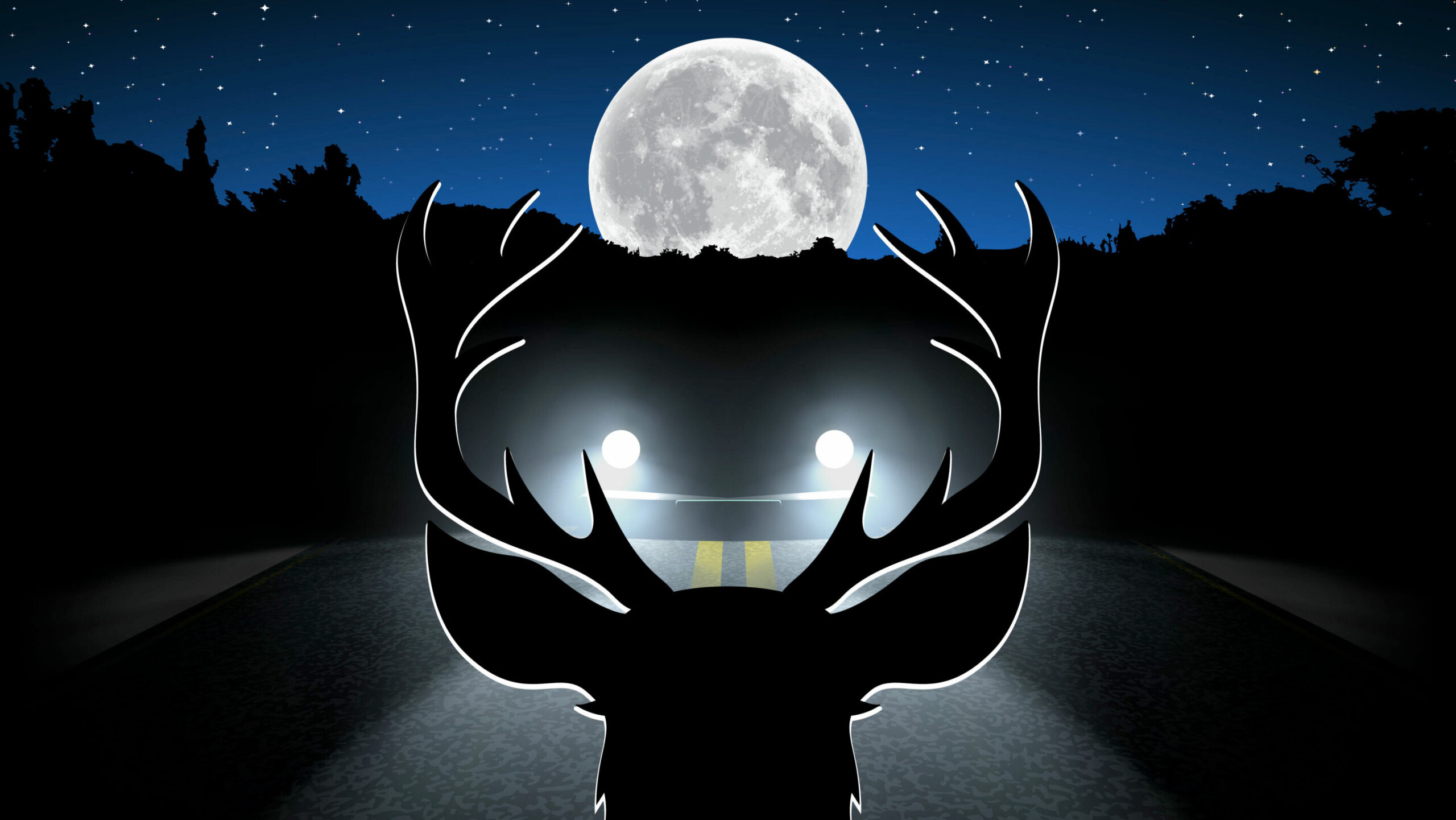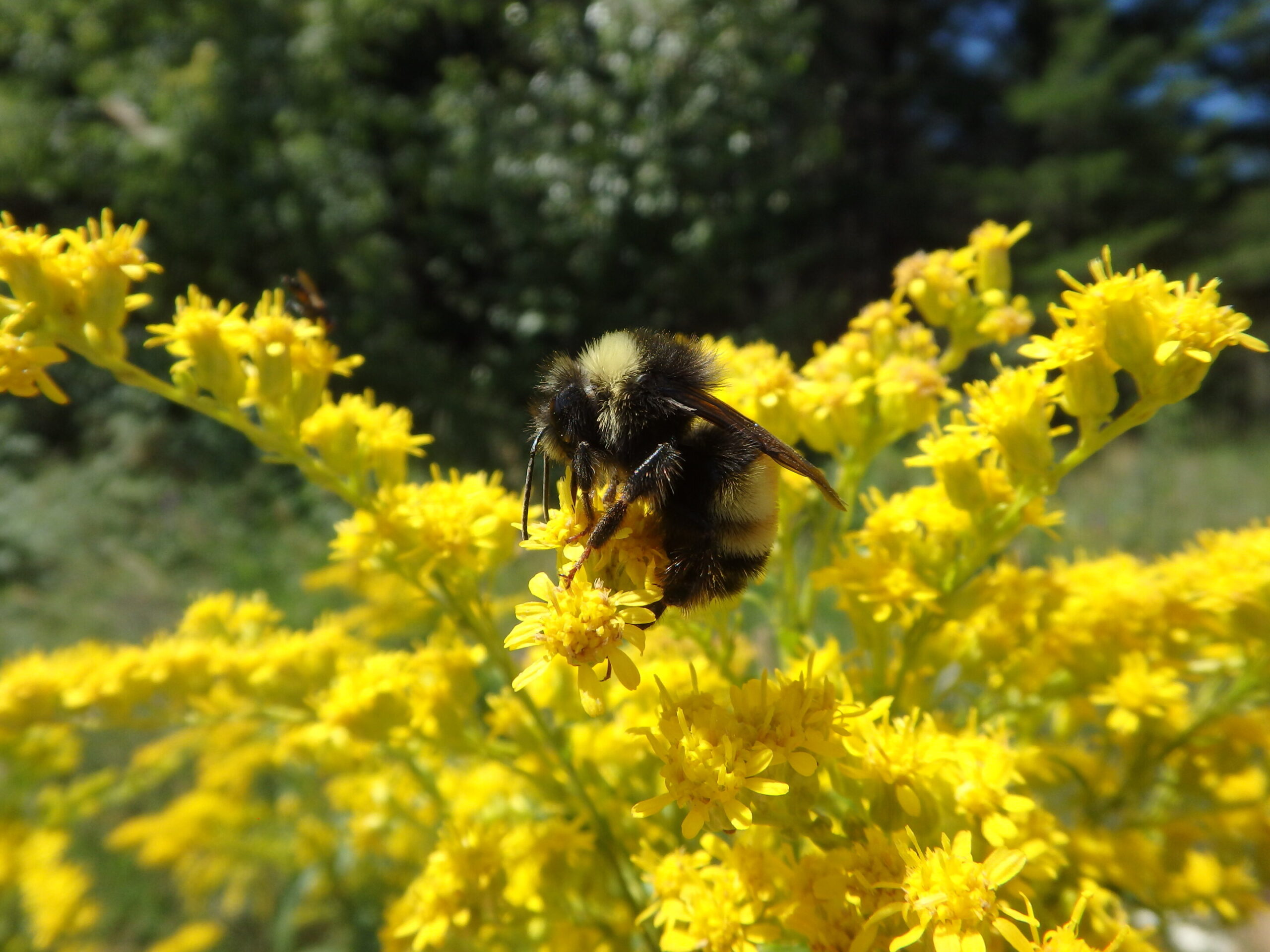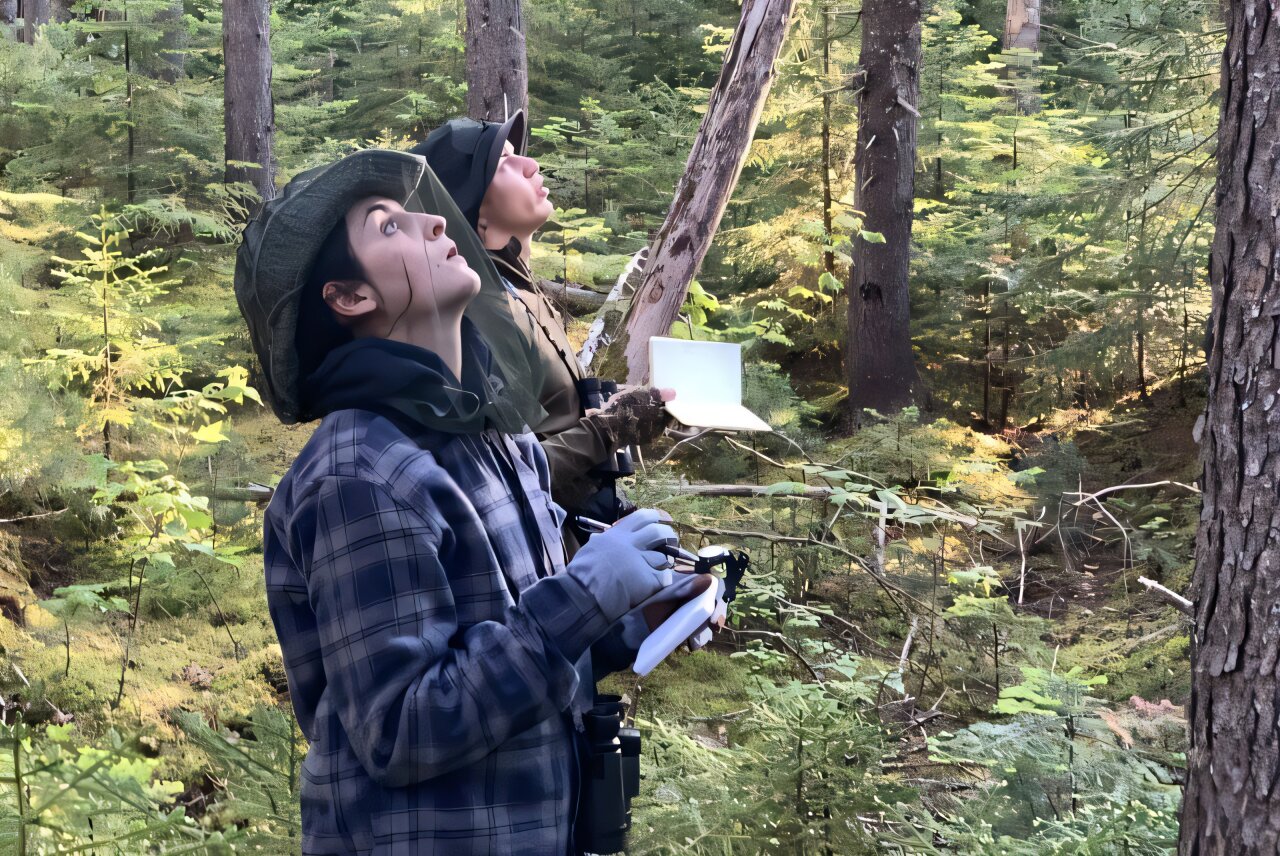
Birds found thriving in a very large commercial forest in Maine
North America has lost an estimated 3 billion birds since 1970—a nearly 30% drop across species—mostly due to habitat loss and degradation. So when a team of researchers repeated a bird population study they did 30 years earlier in a very large commercial forest landscape in Maine, they were stunned to find more birds than before.
